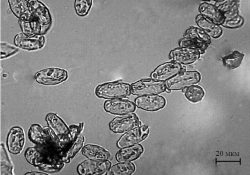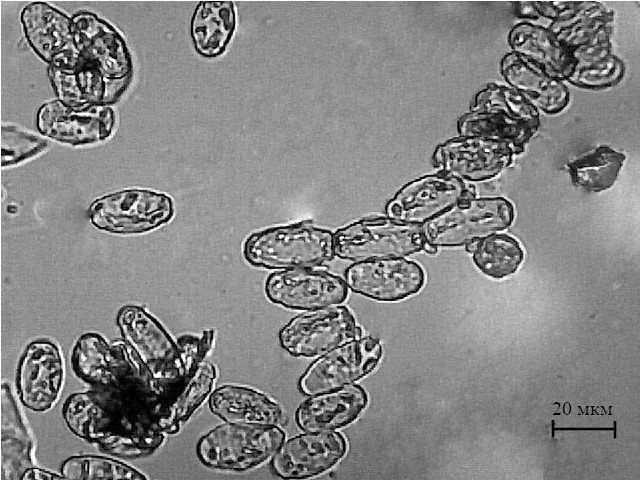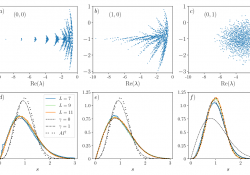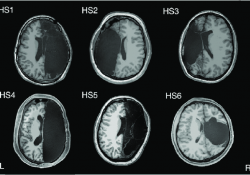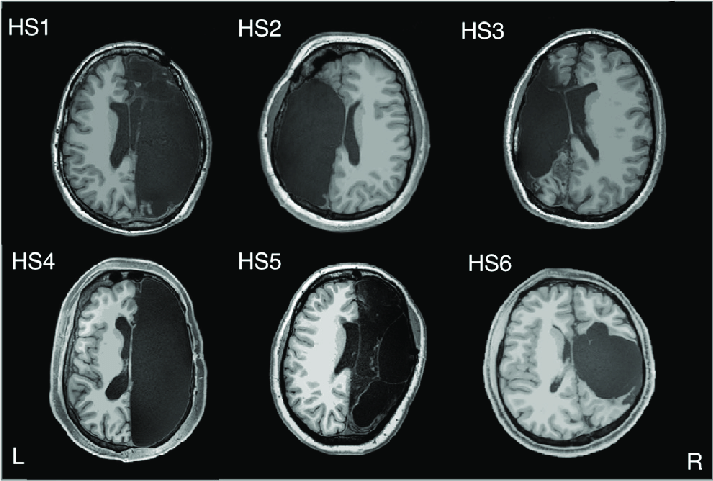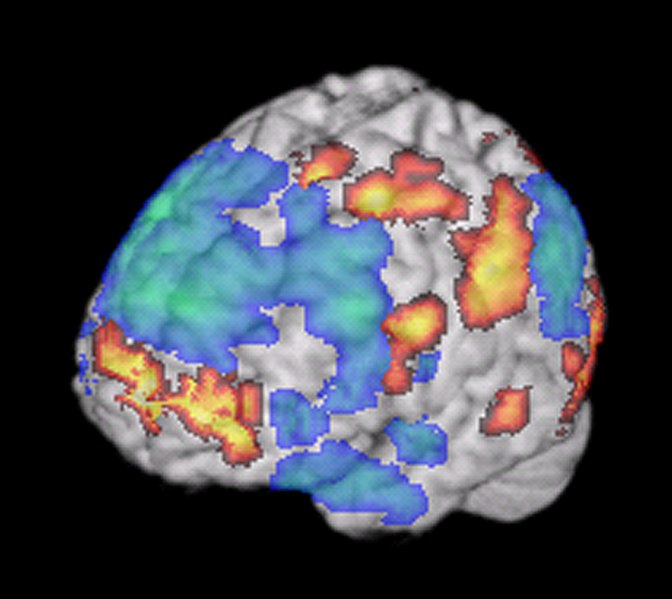Cell differentiation is one of the most fascinating areas of developmental biology. This was long thought to be an irreversible process, however it has been shown recently that it is possible to reprogramme fully differentiated cells into a state of induced pluripotency, via the introduction of a few transcription factors. This opens up exciting perspectives in the field of regenerative medicine, however, no universally accepted theory exists that explains the phenomena. The purpose of this work is to drive forward our understanding of the dynamics of gene-regulatory networks by introducing two analytical models, one based on neural networks, the other based on bipartite graphs. Using neural networks techniques, we model cell types as hierarchically organized dynamical attractors corresponding to cell cycles. Stages of the cell cycle are fully characterised by the configuration of gene expression levels, and reprogramming corresponds to triggering transitions between such configurations. Two mechanisms were found for reprogramming: cycle-state specific perturbations and a noise-induced switching. We then model the mechanism for the effective interactions arising between genes, by a bipartite graph model, that integrates the genome and transcriptome into a single regulatory network. With this perspective, we are able to deduce important features of the regulatory network that exists in every cell type. We use an efficient implementation of the dynamic cavity method, based on dynamic programming, to analyse the heterogeneous statistics of single node activation in fully asymmetric networks with fat-tailed degree distribution. In addition, we extend the dynamical cavity approach to calculate the pairwise correlations induced by different motifs in the network. Our results suggest that the entire statistics of observed correlations can be accurately described in terms of just two basic motifs. Finally, we investigate networks with bi-directional links. We observe that the stationary state associated with symmetric or anti-symmetric interactions is biased towards the active or inactive state respectively, even when interaction are independently drawn from an unbiased distribution. This phenomenon, which can be regarded as a form of spontaneous symmetry-breaking, is peculiar to systems formulated in terms of Boolean variables, as opposed to Ising spins.
Ponente: Alessia Annibale. King’s College London.
Fecha y hora: martes, 14 de junio de 2022 a las 11:00.
Lugar: Seminario de Física Computacional, planta baja del edificio de Física (junto a las pantallas). Facultad de Ciencias.
